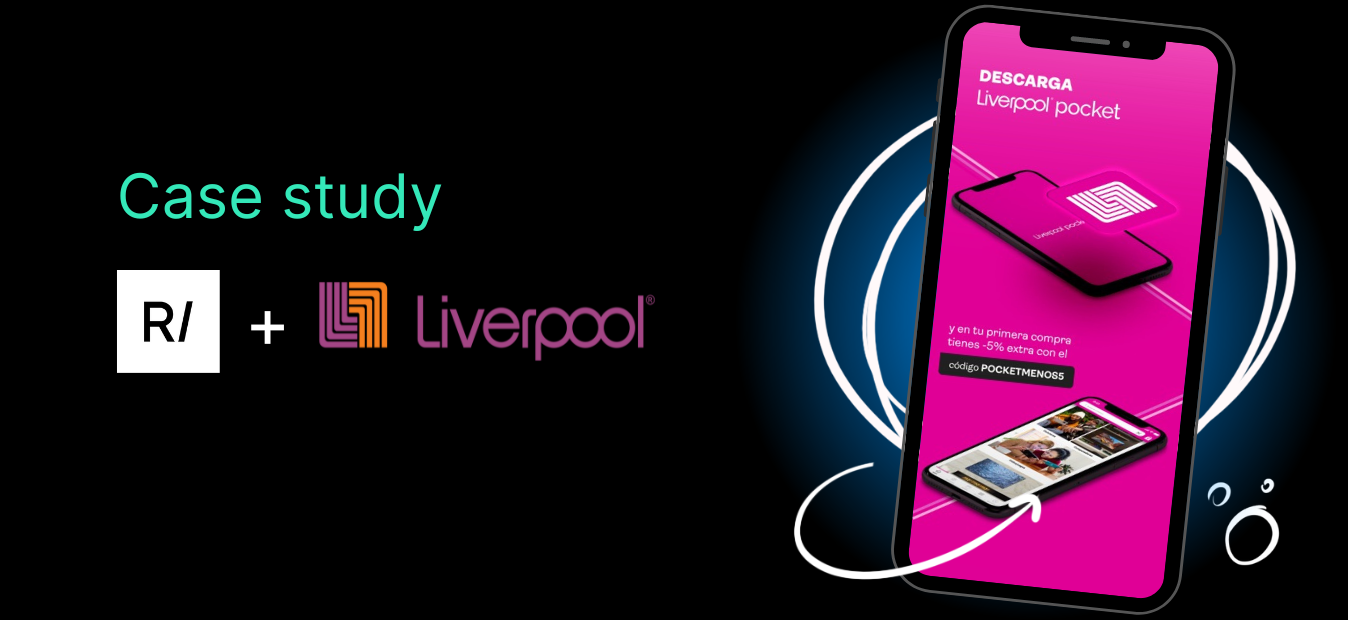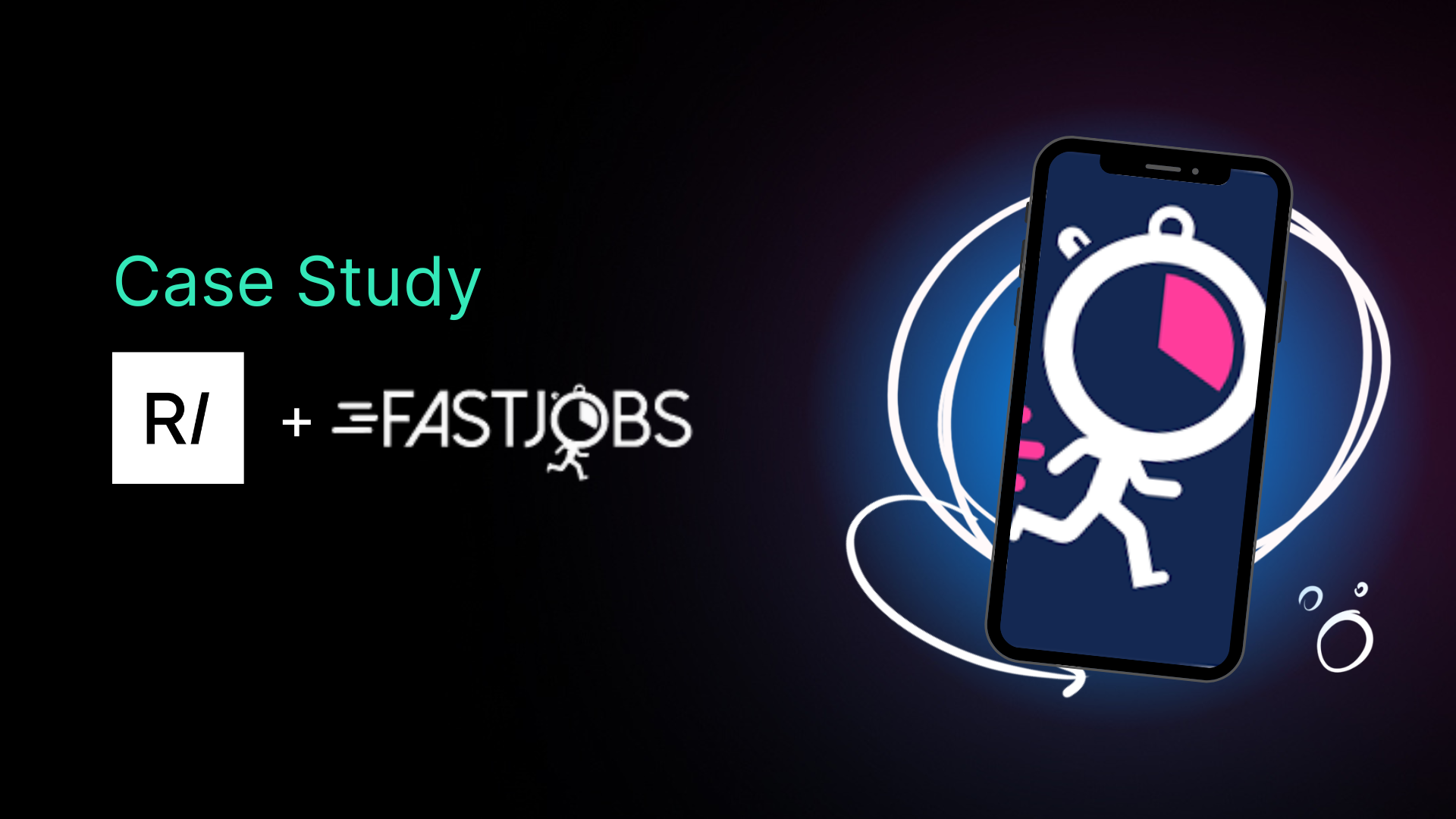One of the major changes that are impacting the industry, app developers, media sources, MMPs, basically everyone that works with mobile is data. Privacy and the use of data are central topics on the latest update of Apple’s operating system. The iOS 14.5 update sends users a notification when they open an app, asking them if they want to allow the app to track their activity. The user has the ability to choose to share or not to share his IDFA (unique identifier) with the app. This is called the “opt-in/opt-out” process. This doesn’t mean that those users who decide to not allow to share their IDFA with the app will no longer see ads, it just means the ads they will receive while using the app will not be customized and personalized, having a great possibility that the shown ads will be irrelevant to the user.
IDFA is Apple’s Identifier for Advertisers, it is a unique identifier that every mobile device possesses and is used to target and measure the effectiveness of advertising on a user level across mobile devices. With the new update of iOS 14 and something called App Tracking Transparency (ATT), an app that would like to have access to the user IDFA needs to ask permission to do so.
As more and more users update to iOS 14 and opt-out once the app tracking notification is shown, means less IDFA is shared with app developers, therefore smaller remarketing audiences. This means it will be even harder to reach people who have demonstrated an interest in your business but haven’t shared personal information.
Also, app marketers used the IDFAs to create lookalike audiences to try to find users in different platforms that are similar to the ones that are already using the app, improving their advertising efforts. Sadly, there was a risk of misusing the IDFA by malicious FOEs, so in terms of privacy it is a good thing that the IDFA is on its way to extinction.
With that list of IDFA of users shrinking every day, the advertising performance will also likely fall. In addition, without the IDFA data, there is also a decrease in the ad performance of the campaigns, most of the advertising platforms use machine learning technology to analyze the ad conversion data on a user level to help improve your campaigns.
With a potential loss of significant conversion data, this process will become more difficult and campaigns might suffer from a lower performance. If we think mainly about retargeting, this type of campaign relies on some points of data to ensure that the same user who initiated contact with your app or brand is going to be the one impacted by the retargeting creative. Without that user data, advertisers are at risk of showing inaccurate ads. Several users are updating to iOS 14 and the mobile industry is not sure of how many users may opt-in, some reports suggest opt-ins as high as 50% and some others as low as 10%, it depends on several factors.
We can see why the whole industry is going crazy about this new Apple policy and trying to adapt as fast as possible since it limits the data to understand the user, to advertise, optimize, and communicate with them in an effective way. Several tools and platforms are rebuilding their whole technologies since it was based on user-level data, and we are not very sure of what is going to happen with that now on iOS, for instance, if there will be a mass adoption or a mass opt-out.
eCommerce companies are the ones feeling the biggest impact of iOS14 since remarketing is an effort extensively used for this type of vertical. According to the State of eCommerce Apps México & Latinoamérica shared by Appsflyer, the remarketing on iOS in eCommerce dropped by 30% since the implementation of the new OS version.
So, brace yourselves and adapt fast. In the next months, we will probably see a drop in iOS campaign performances, the number of installs, and a budget migration to Android campaigns are already happening. Marketers need to adapt their own channels like email and push in a smarter and more effective way for those users who opt-in. Once the user starts using the app, communication and experience need to be as good as possible so it can also impact the virality.


